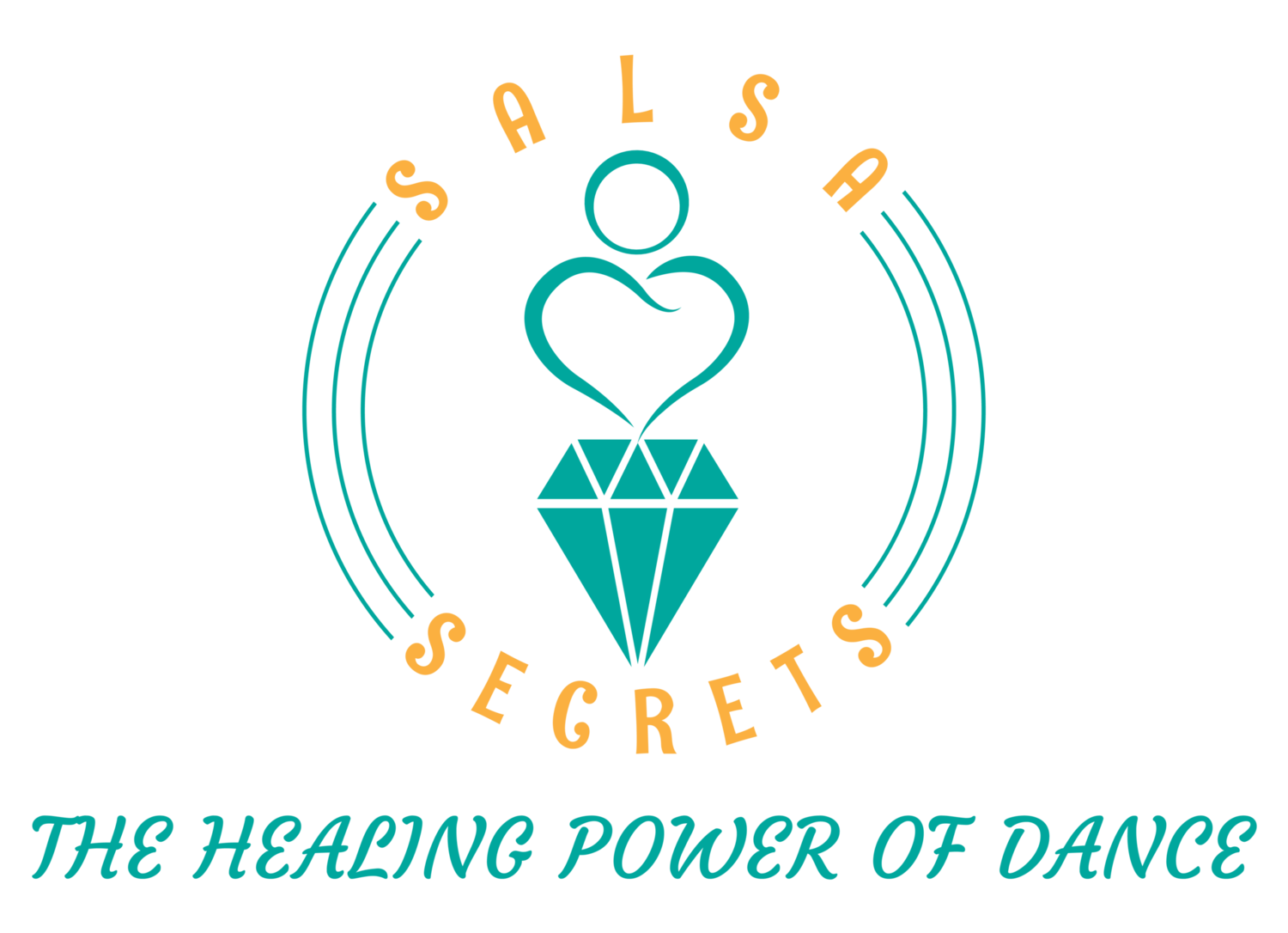Pachanga, a lively and exuberant dance genre, has its roots deeply embedded in the vibrant culture of Afro-Cuban music and dance. Originating in Cuba in the 1950s, pachanga is a joyful fusion of various styles, blending Afro-Cuban rhythms with elements of mambo, cha-cha, and other Latin American dance genres. In this blog post, we embark on a journey to uncover the origins of pachanga, exploring its fascinating history and the cultural influences that have shaped this captivating dance.
Pachanga emerged in the streets of Havana during the 1950s, a time of cultural renaissance and musical innovation in Cuba. The genre was influenced by the popular Cuban dances of the era, including the mambo and the cha-cha. Pachanga was characterized by its lively and playful movements, incorporating quick footwork, hip sways, and energetic partner interactions.
Rhythm of Pachanga
Pachanga's musical foundation draws heavily from Afro-Cuban rhythms, such as the son and the rumba. Its syncopated beats, lively percussion, and melodic arrangements create an irresistible groove that compels dancers to move their bodies with joyful abandon. The fusion of different musical elements and styles brought a fresh and dynamic sound to the pachanga genre.
Orquesta Sublime, a Cuban band led by Enrique Jorrín, played a pivotal role in popularizing pachanga. Jorrín, the same musician credited with the introduction of the cha-cha-chá, incorporated elements of mambo, cha-cha, and Afro-Cuban rhythms into his music, creating a distinct sound that became synonymous with the pachanga genre. Orquesta Sublime's hit songs like "El reloj de pastora" and "El alardoso" propelled pachanga to widespread acclaim.
Fusion of Styles
Pachanga is characterized by its lively footwork, playful gestures, and expressive body movements. Dancers engage in energetic partner interactions, showcasing their creativity and improvisation. The dance style incorporates elements of mambo, cha-cha, and other Latin American dances, blending them with Afro-Cuban sensibilities. Pachanga represents a vibrant fusion of cultures, a celebration of Afro-Cuban heritage infused with the influences of Latin American dance traditions.
Evolution of Pachanga
As pachanga gained popularity, it spread beyond the shores of Cuba, captivating dancers and musicians worldwide. In the 1960s, the genre found a receptive audience in the United States, particularly in New York City and Miami, where Cuban immigrants brought their rich cultural heritage. Pachanga's infectious rhythms and lively dance style contributed to its appeal and influenced other dance genres, such as boogaloo and Latin soul.
Pachanga holds a significant place in the cultural heritage of Afro-Cuban music and dance. Its infectious energy and fusion of styles embody the spirit of celebration and joy. Pachanga continues to be cherished in both traditional and contemporary dance communities, with dancers and musicians embracing its rhythmic vitality and dynamic expression.
